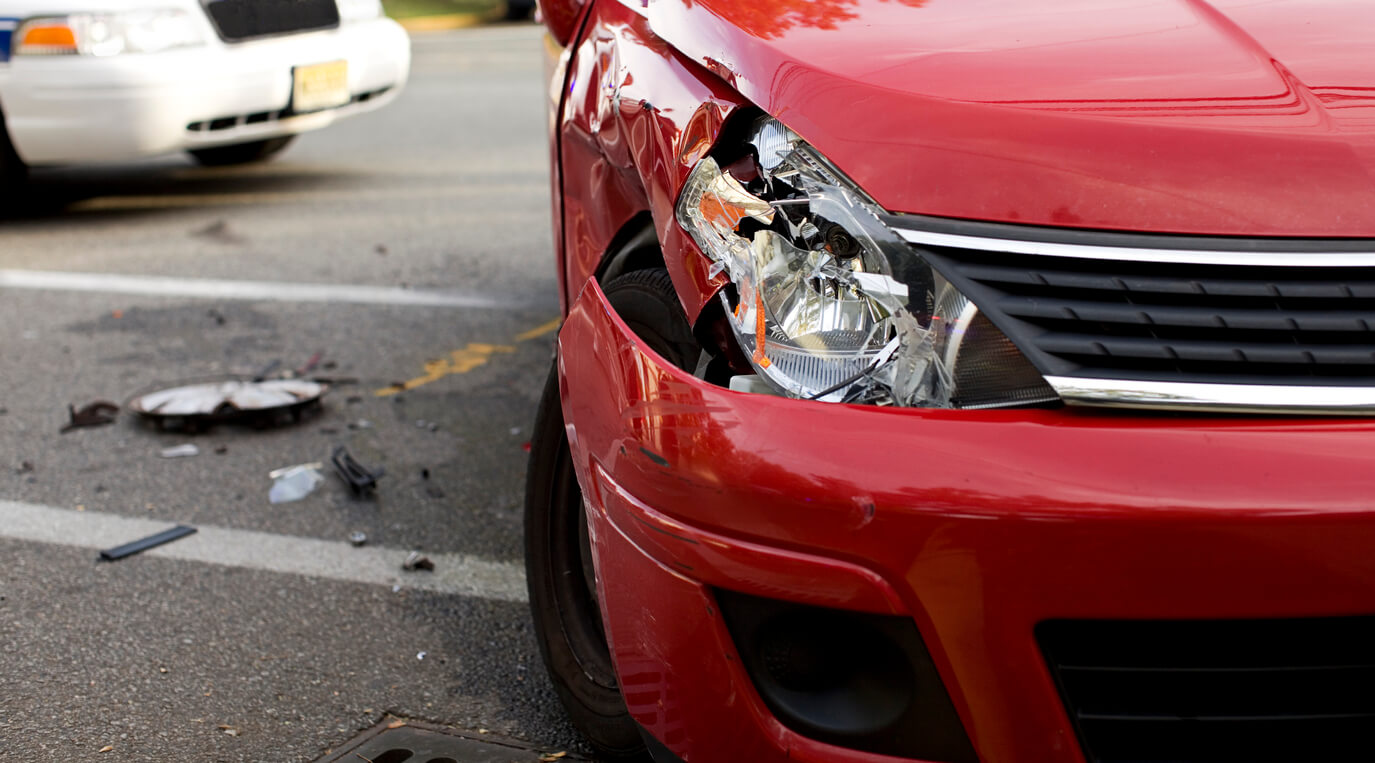Kentucky is a “no-fault” state for motor vehicle insurance. Any questions?... Brett H. Oppenheimer, PLLC can help you with your claim!
With the exception of the very few who reject no-fault or purchase stripped-down (e.g. “liability only” insurance) when a Kentucky driver purchases insurance, it can feel like the payment of a single premium (cost of insurance) for the policy. Actually, it is more like the combination of several smaller payments for several different coverages. Typically, there is a charge for “liability” coverage. This is protection for damages YOU cause. Also, there is no fault, or PIP (Personal Injury Protection) to help you and your vehicle’s occupants with items such as medical expenses and certain lost wages—regardless of who caused the collision. Other coverages, such as Underinsured and Uninsured coverage are typically included (and are discussed below).
Unless you choose to reject Kentucky’s no-fault insurance system, a part of your car insurance will likely include personal injury protection (PIP) benefits. PIP benefits will cover at least $10,000 in medical bills, some lost wages, and other accident-related costs. These benefits apply to you and the passengers in your car no matter who causes the accident (no-fault). However, there are certain thresholds that must be met to file a liability (or injury) claim…assuming you did not cause the accident.
If you do not wish to participate in no-fault insurance, you must complete the Kentucky No-Fault Rejection Form. Then, you can purchase liability insurance to protect you from lawsuits (to a certain extent—or, your “liability limits”). Your right to sue the at-fault driver without limitations will be preserved, but you will face liability in any accidents you cause. Further, you may have to purchase uninsured/underinsured motorist (UM/UIM) coverage and explore options for protecting your health and property without PIP. Basically, UNINSURED coverage is purchased to protect against damages caused by someone else—and that person does not have insurance. UNDERINSURED coverage protects against another driver causing the damages—but not having enough insurance coverage to adequately compensate for injuries, etc.
No-fault basically indicates a type of insurance coverage that is available REGARDLESS of who causes the accident. For example, if the driver of “Car A” is in a wreck with “Car B” and driver A is injured. Even if Car B caused the accident, Car A’s insurance will handle certain items, like medical expenses, at first…without regard to liability. Eventually, once liability is established, the insurance carriers will readjust the monies so that responsibility falls upon the at-fault driver. This is confusing to many who are involved in an accident/collision where there is no question of fault—like being rear-ended. In that situation, people often ask, “why would my insurance get involved if there is no way I caused the collision?”. One of the reasons is a no-fault state’s desire that payment for initial needs, like medical care, certain lost wages, etc., not be held up while insurance companies fight over responsibility. It is easier to understand in an example where 2 cars wreck in an intersection and both drivers claim they had the green light. REGARDLESS of fault, the car in which each person was traveling will, at first, cover the bills, wage loss, etc.
If you want to file a lawsuit for less serious accidents, you still have to meet certain insurance requirements. Drivers who choose the liability car insurance system must carry coverage for any accidents they cause. In Kentucky, the minimum liability coverage requirements are:






.jpg)
















